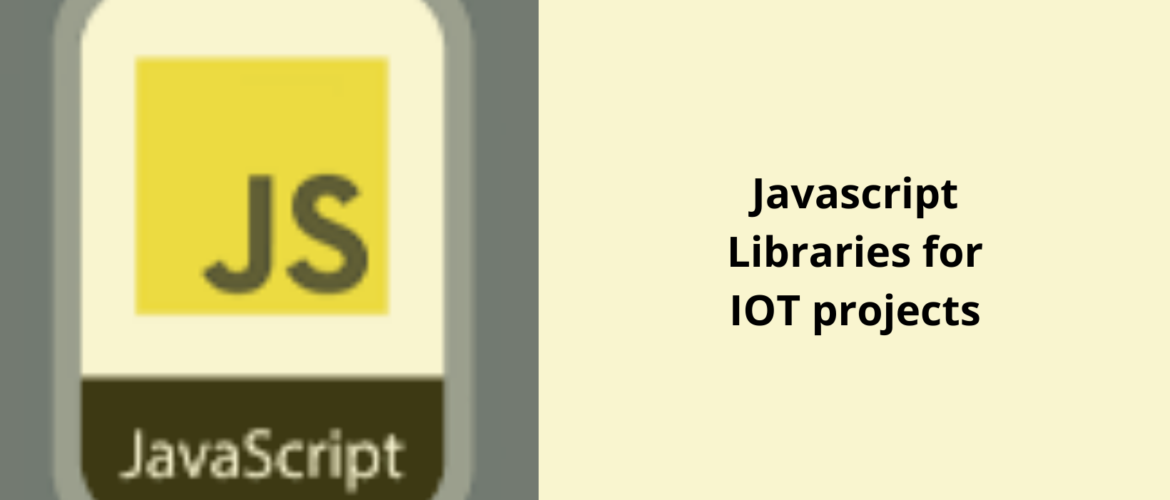Edge Revolution: JavaScript Frameworks and the Responsive Symphony of IoT Devices
1. Introduction: Unveiling the Edge Revolution The Internet of Things (IoT) is no longer a futuristic vision; it’s the pulsating hum of our present. Billions of interconnected devices – from smartwatches to self-driving cars – are weaving an intricate tapestry of data, demanding real-time responses and intelligent interactions. At the heart of this symphony of devices lies the Edge Revolution, empowered by a dazzling array of frameworks orchestrating the dance of data on the edge.
2. The Rise of Edge Computing: A Paradigm Shift in the Revolution Gone are the days of monolithic servers struggling to keep pace with the deluge of IoT data. The edge computing paradigm, with its distributed intelligence, has emerged as the maestro, processing data closer to its source. And who takes center stage in this edge orchestra? JavaScript frameworks, with their agility and versatility, are the instrumentalists, breathing life into the responsive symphony of IoT devices.

3. The JavaScript Advantage: Navigating the Edge Revolution Ubiquitous and Familiar: JavaScript reigns supreme in the browser realm, and its influence extends to the edge. Frameworks like Node.js and its serverless extensions provide a familiar development environment, reducing the learning curve for programmers already comfortable with the language.
4. The Nimble Dancers: JavaScript Frameworks at the Edge Lightweight and Agile: Unlike their heavyweight Java or C++ counterparts, JavaScript frameworks are nimble dancers, consuming minimal resources on resource-constrained devices. This is crucial for edge environments where efficiency is paramount.
5. The Asynchronous Harmony: Event-Driven Architecture in the Edge Revolution Event-Driven Architecture: The asynchronous nature of JavaScript aligns perfectly with the event-driven nature of IoT. Frameworks like React and Angular excel at handling real-time data streams, enabling devices to react swiftly to changes in their environment.
6. Libraries and Tools: Enriching the Responsive Symphony of the Edge Revolution Rich Ecosystem of Libraries: The JavaScript community is prolific, churning out a plethora of libraries and tools for every conceivable IoT task. From sensor data processing to secure communication protocols, developers have a smorgasbord of options to tailor their solutions.

7. The Responsive Symphony Unleashed: JavaScript Frameworks on the Edge The Responsive Symphony: Imagine a smart thermostat that not only adjusts temperature but also learns your preferences, anticipating your comfort even before you step foot in the door. This is the power of JavaScript frameworks on the edge. They enable devices to analyze data locally, make intelligent decisions, and react autonomously, weaving a tapestry of responsiveness that elevates the user experience.
8. Possibilities Unveiled: Showcasing the Edge Revolution in Action Here’s a glimpse into the possibilities:
9. The Future of the Edge Revolution: JavaScript Frameworks in Evolution As the edge computing landscape continues to evolve, JavaScript frameworks are poised to play an even more pivotal role. With the emergence of WebAssembly and other advancements, the boundaries between edge and cloud will further blur, creating a truly seamless ecosystem for connected devices.
10. Conclusion: The Symphony Begins with JavaScript The Edge Revolution is not just about technology; it’s about reimagining how we interact with the world around us. And with JavaScript frameworks powering the dance of data on the edge, the possibilities are as boundless as the human imagination itself. So, let the symphony of the connected world begin, conducted by the elegant notes of JavaScript.
IoT’s Scripted Symphony: Espruino’s Top best 5 Features for Crafting JavaScript Spells





Leave A Comment